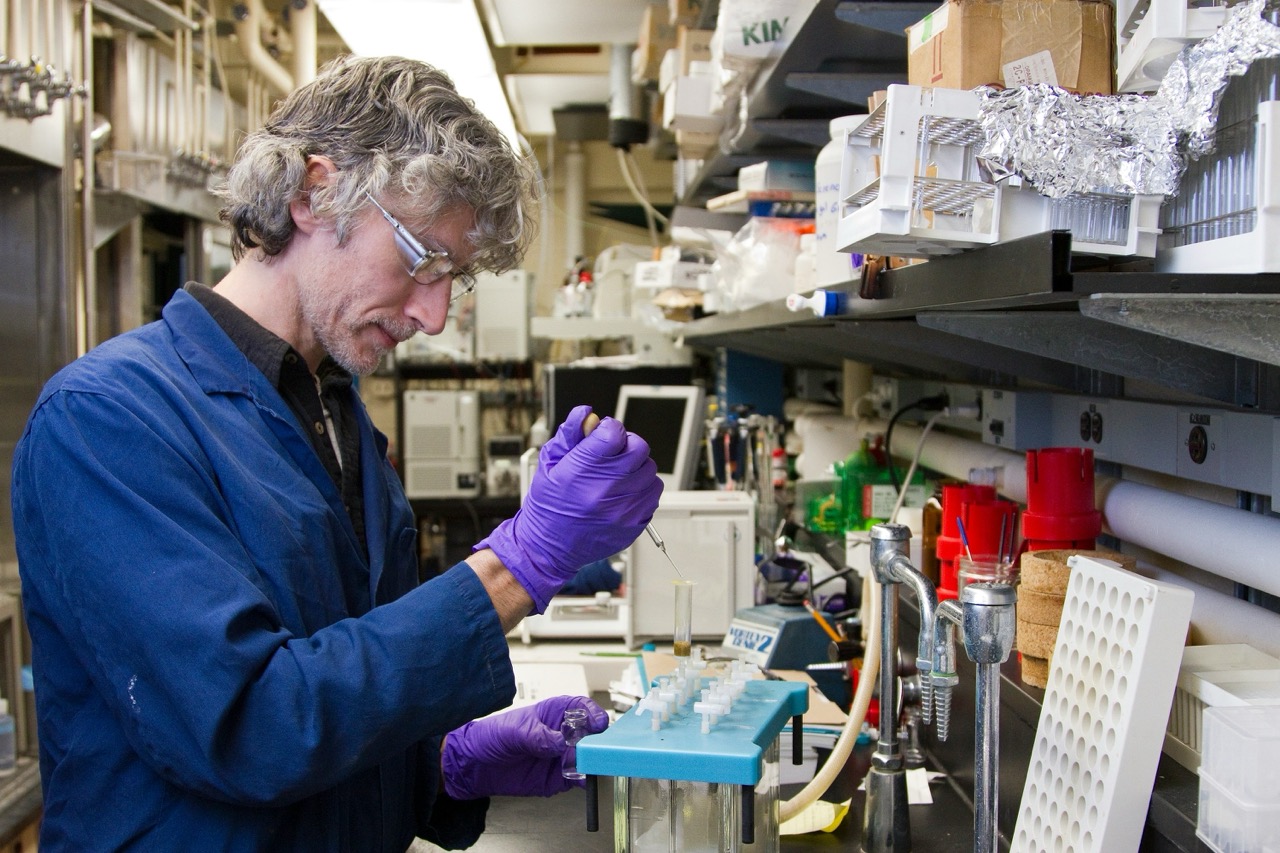Sexually transmitted diseases (STDs) pose significant public health challenges worldwide. They affect millions of individuals annually, contributing to severe health complications, social stigma, and economic burdens. Vaccines have emerged as a crucial tool in the prevention of certain STDs, leading to a deeper understanding of their role in public health strategies. This article explores the multifaceted role of vaccines in preventing STDs, examining historical contexts, current vaccines, mechanisms of action, and challenges in vaccination uptake.
Understanding Sexually Transmitted Diseases and Their Impact
Sexually transmitted diseases are infections primarily spread through sexual contact. They encompass a range of infections, including HIV, chlamydia, gonorrhea, syphilis, and HPV. The impact of STDs extends beyond the immediate health consequences, which can include infertility, cancer, and increased susceptibility to HIV. The psychological and social repercussions are equally significant, as individuals often face stigma and discrimination due to their infections.
The economic impact of STDs is also profound. The Centers for Disease Control and Prevention (CDC) estimate that STDs cost the healthcare system billions of dollars annually. This includes costs associated with treatment, management of complications, and lost productivity. Consequently, effective prevention strategies, including vaccination, are vital for reducing the burden of STDs on individuals and public health systems.
Historical Context: Vaccines in Public Health Initiatives
The development and implementation of vaccines have historically played a pivotal role in controlling infectious diseases. The smallpox vaccine, developed in the late 18th century, marked a significant milestone in public health, leading to the eventual eradication of the disease. Building on this foundation, the 20th century saw the introduction of vaccines for various diseases, including measles, mumps, and rubella, significantly reducing incidence rates and improving population health outcomes.
In the context of STDs, the historical response has been more complex. While the early focus was primarily on treatment rather than prevention, advancements in vaccine technology have shifted attention toward preventative measures. The development of vaccines against viral STDs like HPV and hepatitis B marks a pivotal moment in public health, as these vaccines provide a pathway to significantly reduce transmission rates and associated health complications.
The Science Behind Vaccine Development for STDs
Vaccine development for STDs involves a thorough understanding of the pathogens responsible for these infections and the immune response they elicit. Advances in molecular biology and immunology have enabled researchers to identify specific antigens that can trigger protective immune responses. This understanding has facilitated the development of various vaccine platforms, including live attenuated, inactivated, subunit, and mRNA vaccines.
Furthermore, clinical trials play a critical role in the development process, evaluating the safety and efficacy of vaccines before they can be widely administered. These trials often involve diverse populations to ensure that vaccines are effective across different demographics. Regulatory agencies, such as the Food and Drug Administration (FDA) and the European Medicines Agency (EMA), review trial data meticulously to ensure that approved vaccines meet stringent safety and efficacy standards.
Current Vaccines: Efficacy Against HPV and Hepatitis B
Currently, the two most notable vaccines available for preventing STDs are the human papillomavirus (HPV) vaccine and the hepatitis B vaccine. The HPV vaccine has been shown to be highly effective in preventing infections that can lead to cervical and other types of cancer. Clinical studies have demonstrated that the vaccine can reduce the incidence of HPV-related diseases by up to 90%, representing a significant breakthrough in cancer prevention.
Similarly, the hepatitis B vaccine has proven to be effective in preventing hepatitis B virus (HBV) infections, which can lead to chronic liver disease and liver cancer. The vaccine is estimated to reduce the risk of HBV infection by over 90% in vaccinated populations. These successful vaccines highlight the potential of vaccination as a powerful strategy in the fight against certain STDs, ultimately contributing to improved public health outcomes.
Mechanisms of Action: How Vaccines Prevent STDs
Vaccines function by stimulating the immune system to recognize and combat pathogens. When a vaccine is administered, it introduces antigens associated with the pathogen, prompting the immune system to produce antibodies. These antibodies remain in the body, providing long-term immunity against future infections. In the case of STDs, vaccines can prevent the establishment of infections, thereby reducing transmission rates and the incidence of disease.
Specific to HPV and hepatitis B, the vaccines work by eliciting a robust immune response that protects against the viruses responsible for these infections. For HPV, the vaccine contains purified virus-like particles that mimic the virus, triggering an immune response without causing disease. In contrast, the hepatitis B vaccine uses a recombinant approach, introducing a part of the virus’s surface protein to stimulate immunity. Both mechanisms effectively shield individuals from these viruses and their associated health risks.
Vaccination Strategies: Target Populations and Timing
Effective vaccination strategies require careful consideration of target populations and timing to maximize benefits. The CDC recommends routine HPV vaccination for preteens aged 11 to 12, with catch-up vaccinations available for adolescents and young adults through age 26. This timing is crucial, as it ensures that individuals are vaccinated before they become sexually active, thereby enhancing vaccine efficacy.
For the hepatitis B vaccine, the CDC advises vaccination for all infants, unvaccinated children under 19 years of age, and high-risk adults. By implementing these targeted strategies, public health initiatives can effectively reduce the prevalence of STDs in vulnerable populations, ultimately leading to improved health outcomes and decreased healthcare costs in the long run.
Challenges in Vaccine Acceptance Among High-Risk Groups
Despite the benefits of vaccines in preventing STDs, challenges persist regarding acceptance, particularly among high-risk groups. Factors such as misinformation, cultural beliefs, and lack of access to healthcare services contribute to low vaccination rates. Many individuals remain unaware of the availability and importance of vaccines, leading to missed opportunities for prevention.
Moreover, social stigma surrounding STDs creates barriers to discussing vaccination openly, particularly in populations disproportionately affected by these infections. Addressing these challenges requires targeted public health campaigns that promote awareness and education regarding the importance of vaccination in preventing STDs, especially among marginalized communities.
The Role of Education in Promoting Vaccine Uptake
Education is a critical component in promoting vaccine uptake and preventing STDs. Comprehensive sexual health education that includes information about vaccines can empower individuals to make informed decisions about their health. Schools, healthcare providers, and community organizations play pivotal roles in disseminating accurate information about the safety, efficacy, and benefits of vaccination.
Effective educational initiatives should address common misconceptions about vaccines and emphasize their role in preventing serious health consequences associated with STDs. By fostering an environment where individuals feel comfortable discussing sexual health and vaccination, we can enhance vaccine acceptance and ultimately reduce the burden of STDs in the community.
Integrating Vaccination into Sexual Health Services
Integrating vaccination into sexual health services is essential for optimizing public health efforts. By providing vaccines in conjunction with routine sexual health screenings and education, healthcare providers can facilitate easier access to preventative measures for their patients. This integration helps to normalize vaccination as part of standard sexual health care, reducing stigma and improving overall health outcomes.
Additionally, clinics and healthcare providers can implement reminder systems to encourage patients to receive vaccines, particularly for HPV and hepatitis B. These strategies create a more comprehensive approach to sexual health, ensuring that individuals receive not only testing and treatment but also preventative care through vaccination.
Evaluating the Cost-Effectiveness of STD Vaccines
The cost-effectiveness of vaccines in preventing STDs is a critical consideration for public health policymakers. Numerous studies have demonstrated that investing in vaccines, such as those for HPV and hepatitis B, yields substantial long-term savings by reducing the incidence of infections and related health complications. The economic evaluation of these vaccines often reveals that the costs associated with vaccination programs are outweighed by the savings from decreased healthcare expenditures.
Furthermore, cost-effectiveness analyses can inform resource allocation and prioritization within public health initiatives. By demonstrating the financial and health benefits of vaccination, stakeholders can advocate for increased funding and support for vaccination programs, ultimately contributing to improved public health outcomes.
Future Directions: Research and Development of New Vaccines
As the landscape of infectious diseases evolves, ongoing research and development of new vaccines for STDs is crucial. Current efforts focus on expanding vaccine coverage to include additional pathogens, such as HIV, and exploring innovative vaccine platforms, including mRNA technology. Research is also underway to determine the longevity of immunity provided by existing vaccines and the need for booster doses to maintain protection.
Collaboration among researchers, public health officials, and pharmaceutical companies is essential for advancing vaccine development. Continued investment in this area will not only enhance our understanding of STDs but also pave the way for novel vaccines that could significantly reduce the burden of these infections in the future.
In conclusion, vaccines play a critical role in preventing sexually transmitted diseases, offering a powerful tool in public health initiatives aimed at reducing the incidence and impact of these infections. By understanding the science behind vaccine development, current vaccination strategies, and the importance of education, society can enhance the uptake of these life-saving interventions. As research progresses and new vaccines are developed, the potential for significant advances in STD prevention becomes increasingly viable, underscoring the necessity of continued investment in vaccination as a cornerstone of public health.










